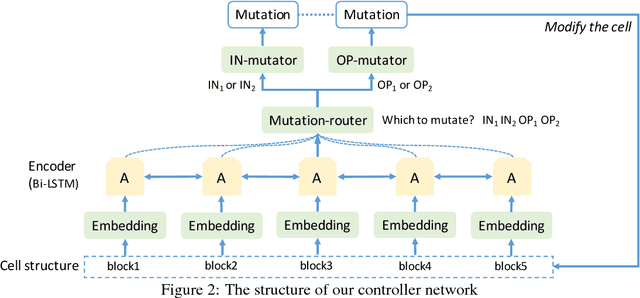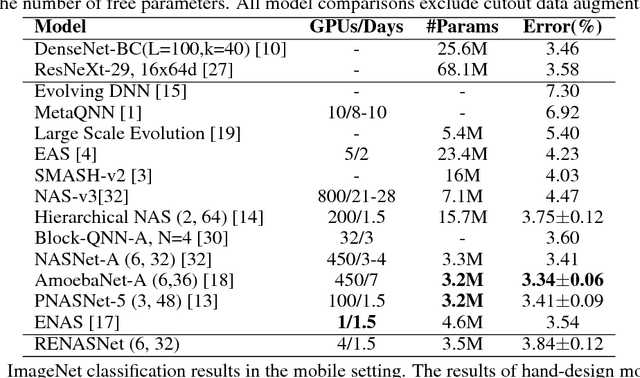Gaussian Word Embedding with a Wasserstein Distance Loss
Paper and Code
Sep 01, 2018



Compared with word embedding based on point representation, distribution-based word embedding shows more flexibility in expressing uncertainty and therefore embeds richer semantic information when representing words. The Wasserstein distance provides a natural notion of dissimilarity with probability measures and has a closed-form solution when measuring the distance between two Gaussian distributions. Therefore, with the aim of representing words in a highly efficient way, we propose to operate a Gaussian word embedding model with a loss function based on the Wasserstein distance. Also, external information from ConceptNet will be used to semi-supervise the results of the Gaussian word embedding. Thirteen datasets from the word similarity task, together with one from the word entailment task, and six datasets from the downstream document classification task will be evaluated in this paper to test our hypothesis.
 Add to Chrome
Add to Chrome Add to Firefox
Add to Firefox Add to Edge
Add to Edge